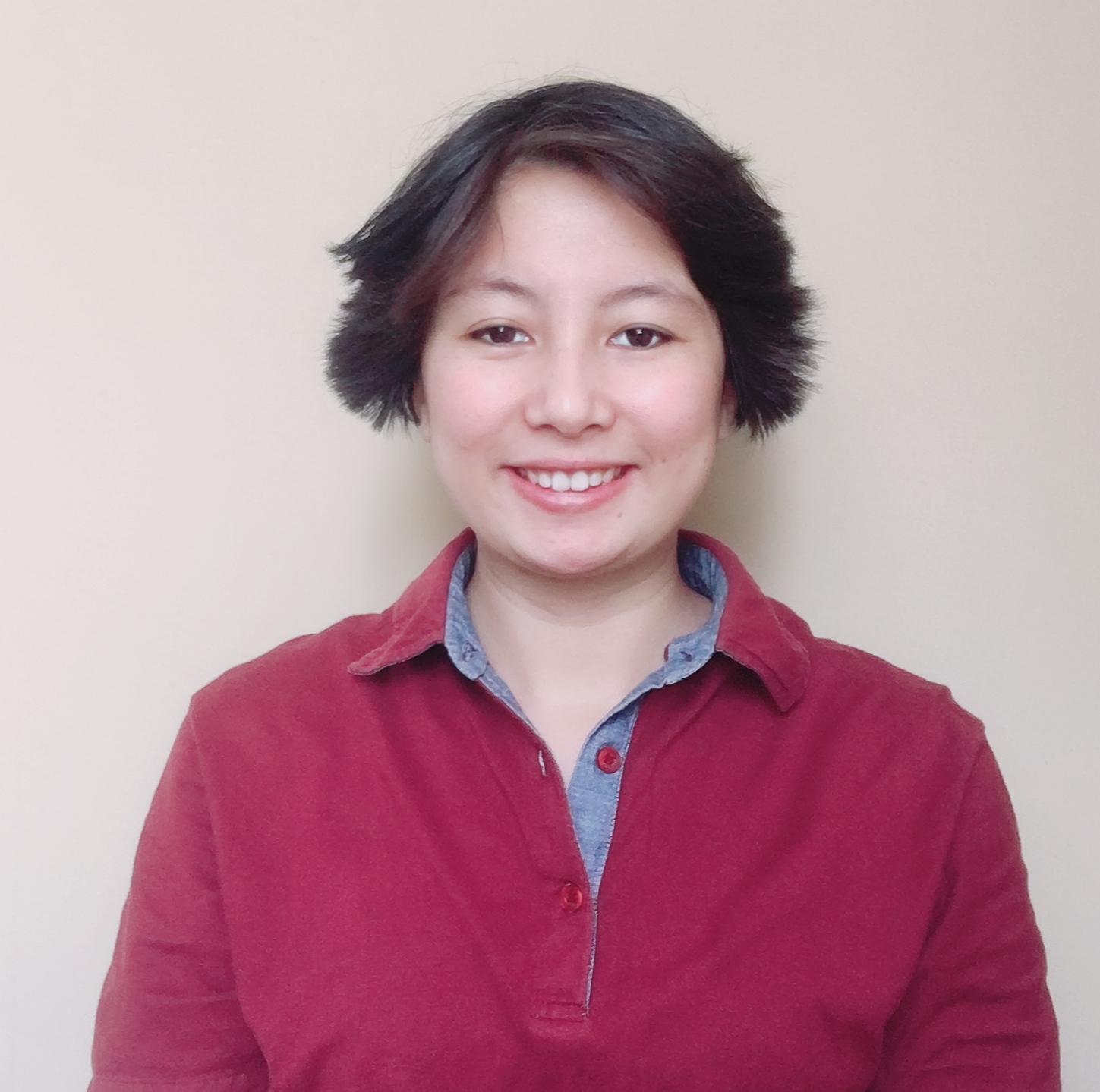Culture & Lifestyle
After generations as barbers and pedicurists, this Newar community is beginning to move on
With the younger generation embracing other professions, the tradition of naus and naunees is slowly dying out.
Srizu Bajracharya
It's another quiet afternoon for Ram Pyari Napit as she waits for customers at the Nakabahil pati in Patan. The temperature is soaring but she isn't bothered; for her, the wait has become banal.
At 72 years of age, Ram Pyari is among the last of her profession. By caste and profession, she is a naunee—a traditional barber and pedicurist in the Newar community. While naus look after men and cut their hair, naunees focus on the women, cleaning and trimming their nails, particularly the feet.
With younger Napits pursuing more contemporary careers, naus and naunees like Ram Pyari say this traditional profession is on the verge of dying out from Newar culture. In her family, Ram Pyari is the last naunee. None of her children or grandchildren has followed her in the profession.
“I do it because I have to,” says Ram Pyari. “This is what I was taught by my parents, and it's my duty to pursue it."
Finally, when one of her regular customers arrives, Ram Pyari is visibly happy.
"Mha fula?" (“How are you?”) she asks in Nepal Bhasa as her customer, a woman in her early 40s, sits down on an ancient wooden block that serves as a stool.
“I come here almost every month to find tataju (elder sister),” says the customer, who declined to give her name, as Ram Pyari gets ready. “When she trims my nails, they look cleaner than how I do it.”
All of the tools she requires are in Ram Pyari’s old washed-jean bag, splotched with red ink. She begins by pulling out everything she needs for the grooming process—challa cha, an iron blade with a protruding heart shape on one side used for trimming nails; a small piece of brick used to clean the nails after the trim; a film roll-sized bottle carrying ala, a red pigment used as decor for the woman's feet; a handmade brush to paint the feet with ala; and a small piece of wood to rest her customer's feet during the pedicure process.
Then, she begins—cleaning and trimming nails, and shaping them.

In Newar culture, both hair and nails are considered impure parts of the body. So the nau who cuts the hair and the naunee who trims the nails play significant roles in the Newar community as purifiers, starting right from the time when a child is born. The naunee assigned to the family by descent visits households to purify families, being summoned for coming-of-age Newar ceremonies such as Ihi, Bahra Taegu for girls, Bratabandha or Chudakarma for boys, Janko for the elderly, and festivals like Samyak Daan.
“One of the most important roles for the nau comes during mourning— families can't look in the mirror or brush their hair for seven days during this time. So when we visit the family on the final day, we cleanse their nails and show them the mirror, permitting them to move on,” says Shyam Napit, a nau from Kathmandu.
Like Ram Pyari, Shyam spends most of his time waiting for customers at his shop in Yatkha. But unlike Ram Pyari, Shyam is tired of the profession.
"There are only a few naus and naunees remaining,” says the 57-year-old nau. “My wife, brother, and sister-in-law are also in this profession, but we know that our children will not continue with this tradition. Why would they? It's not a well paying or reputable job.”
While there are no figures as to how many traditional naus and naunees remain in the Kathmandu Valley, the decline is visible to the Newar community. While some Newars still make an effort to keep up with traditions, many haven't sought any naus or naunees for years.
"There was a time when every family knew a naunee, but that has certainly changed," says Deepak Bajracharya, a Newar gurju (priest) from Patan.
With changing times and traditions, the Newar community has adapted to more modern means of cutting their hair and trimming their nails. Newars now call the nearby ‘hazaam’, a barber, to cut and shave their hair during pujas. Today, almost every neighbourhood in Nepal has a hazaam. And with more people from the Tarai and some from beyond the borders providing services on every corner, most Napits see few reasons to continue.
“We have been to many Newar ceremonies to cut and shave hair,” says 55-year-old Raja Ram Thakur, current president of the Nepal Nayee Sangha, the National Barbers Association.
Thakur came to Kathmandu from Saptari in 1985 and started his own salon, ‘Shobha’, named after his daughter. But lacking customers, he would occasionally walk to Tundikhel with other barbers like him to set up a small hair-cut and shave booth.
But Thakur soon discovered a ready stream of customers through a Newar nau, Bishnu Man Napit, who was popular in his time. Napit went on to become the first district president of Barbers Association in Kathmandu.
"Bishnu Man Napit owned a small barber shop in Pyukha. He was a kind man who introduced us to Newar communities,” says Thakur. Today, there are more than 1,500 salons across Nepal, estimates Thakur, primarily owned and operated by Madhesis like Thakur.
But Thakur too is aware of how Newar naus and naunees are a dying business.
"It's because they have been classifying this work with our Madhesi identity," he says.
While Shyam Napit seems to believe that the influx of Madhesis operating hair salons has negatively impacted his business, others point to something more ingrained in Nepali society—caste-based discrimination.
In recent years, many Napits have adopted 'Shrestha' as their surname to avoid that the caste-based discrimination that comes along with their family line.
“It is said that we are purified when the Napits cleanse our nails, because they come from a low-born family line,” says Bajracharya. “And, perhaps that is one reason why the Napits no longer want to continue this profession. Some feel that this profession validates caste based-discrimination.”
But for old-timers like Ram Pyari, this profession is all they know. Even one customer a day is as good as it gets. But today, she’s lucky, as a man in his early 50s hurriedly sits down, asking for a quick trim.
It's a wonderful day for Ram Pyari, she holds the challa cha endearingly 'like a pen' and begins to craft her trim. It's been almost 60 years since she first picked her first challa cha and now she is efficient with the tool. It doesn't take her more than 10 minutes to finish her grooming.
“Aa suna mayana, tara, ji datta tale ji yai ta swaechwana duu," she says in Nepal bhasa. “Nobody is continuing this tradition, but I will do it until I see my end.”




 8.12°C Kathmandu
8.12°C Kathmandu




%20(1).jpg&w=200&height=120)










